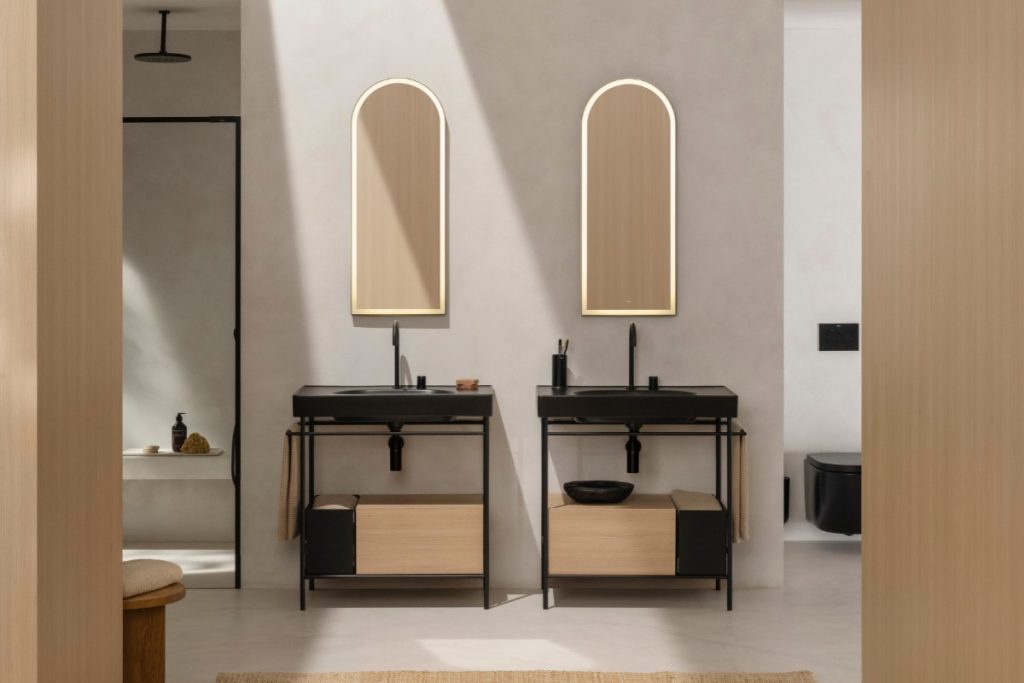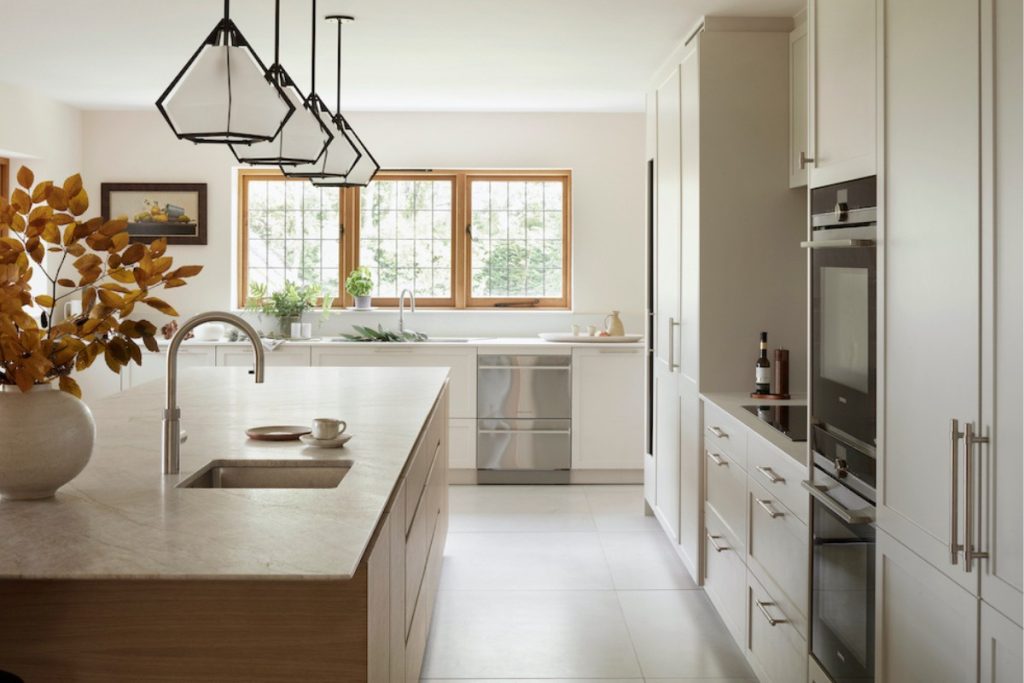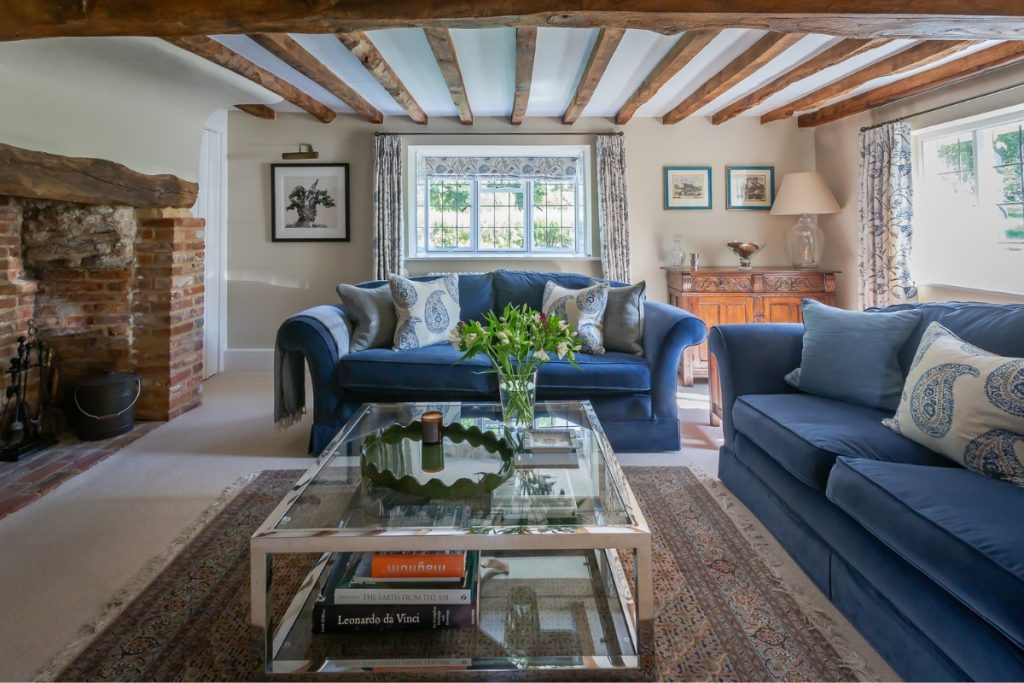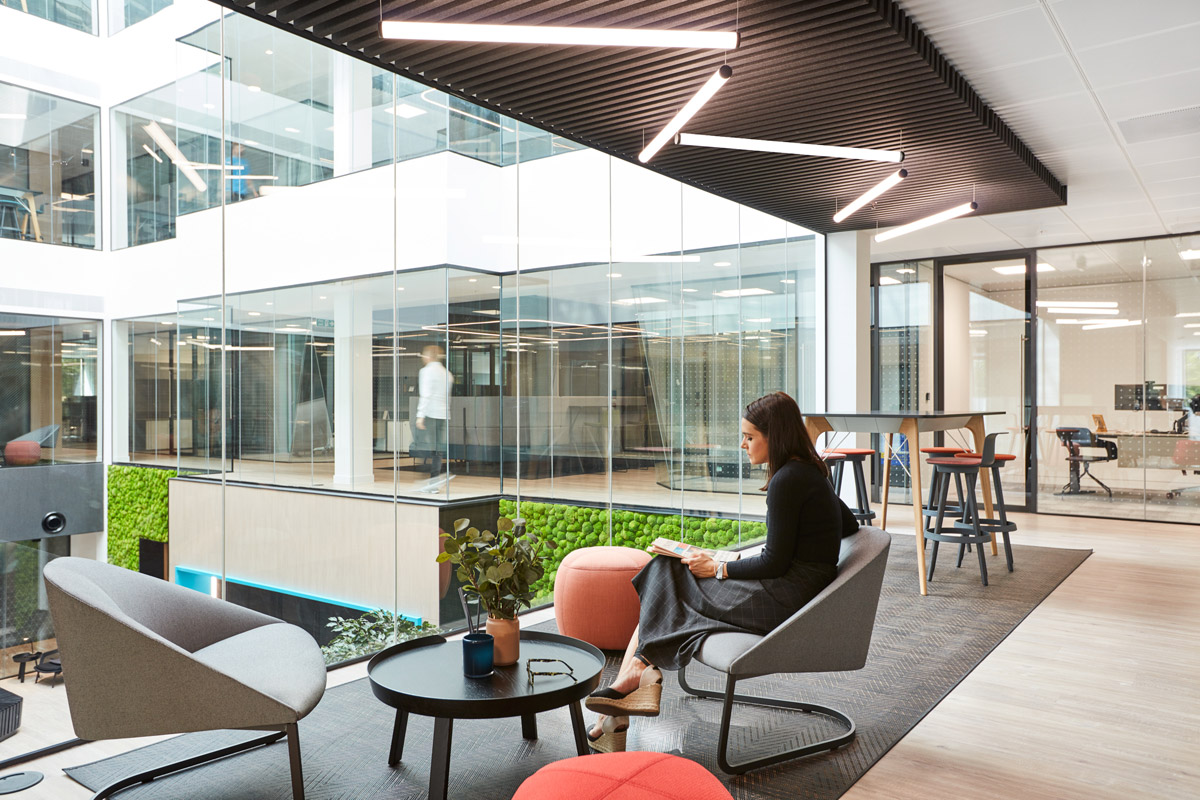 21st February 2020 | IN DESIGN ADVICE | BY SBID
21st February 2020 | IN DESIGN ADVICE | BY SBIDFrom the tiny cubicles and bland colour schemes of the early 2000s to the ping-pong tables and sleeping pods of modern times, the interior design of offices has evolved dramatically in the past 20 years. At the beginning of a new year, and the start of a new decade, the focus of office interior design is shifting once again. Office interior design is now becoming more and more centred around the wellbeing of staff members.
Interior Design And Employee Wellbeing
Work is one of the biggest causes of stress in adults. In fact, national statistics from 2019 state that 602,000 people suffered from work-related stress, depression or anxiety in 2018/19 and 12.8 million workdays were lost due to the same reasons.
Although improving the wellbeing of staff through interior design is not a new concept, it is becoming a very popular one. The working environment has a huge impact on the health and wellbeing of employees. A quality workspace that’s designed with health and wellbeing in mind can boost moods, increase productivity, reduce stress levels and nurture a positive atmosphere.
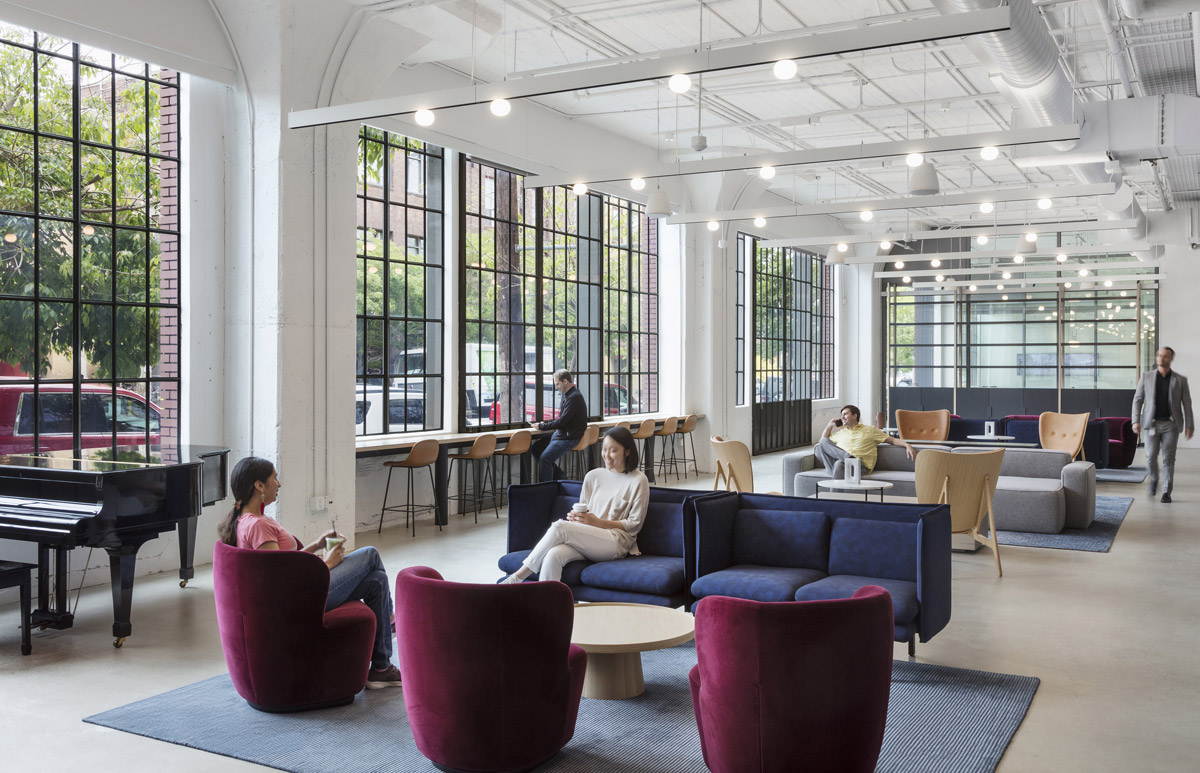
Natural Lighting Is Essential
Sunlight is good for our health. Our body needs Vitamin D, sunlight and a supply of fresh air daily to release endorphins and serotonin – the chemicals that boost our mood and give us energy.
However, for office workers, spending eight hours a day indoors is often unavoidable, which is why it is important to expose your office to as much natural daylight as possible.
When designing your office space, consider adding skylights or floor to ceiling windows. When considering the interior design, keep large furniture away from the windows as to not block out any light. Avoid dim lighting as this can strain eyes and try to avoid glare.
Consider The Flow Of The Office
Many businesses think they have to choose between two types of offices; an open-plan office or an office with enclosed spaces for privacy. When in reality, a combination of both will be more effective for staff wellbeing.
An open-plan layout encourages the movement of employees, which is great for increasing activity levels. In addition, an open-plan office will also encourage communication and teamwork. Adding smaller, private pods will be beneficial for those employees who prefer privacy and quiet when working. When improving the wellbeing of staff through interior design, you should also include a creative space for brainstorming and team meetings.
Top Tip: Whichever office layout you choose, remember to include space for water coolers. Having easy access to cold water is great for the health and wellbeing of employees.
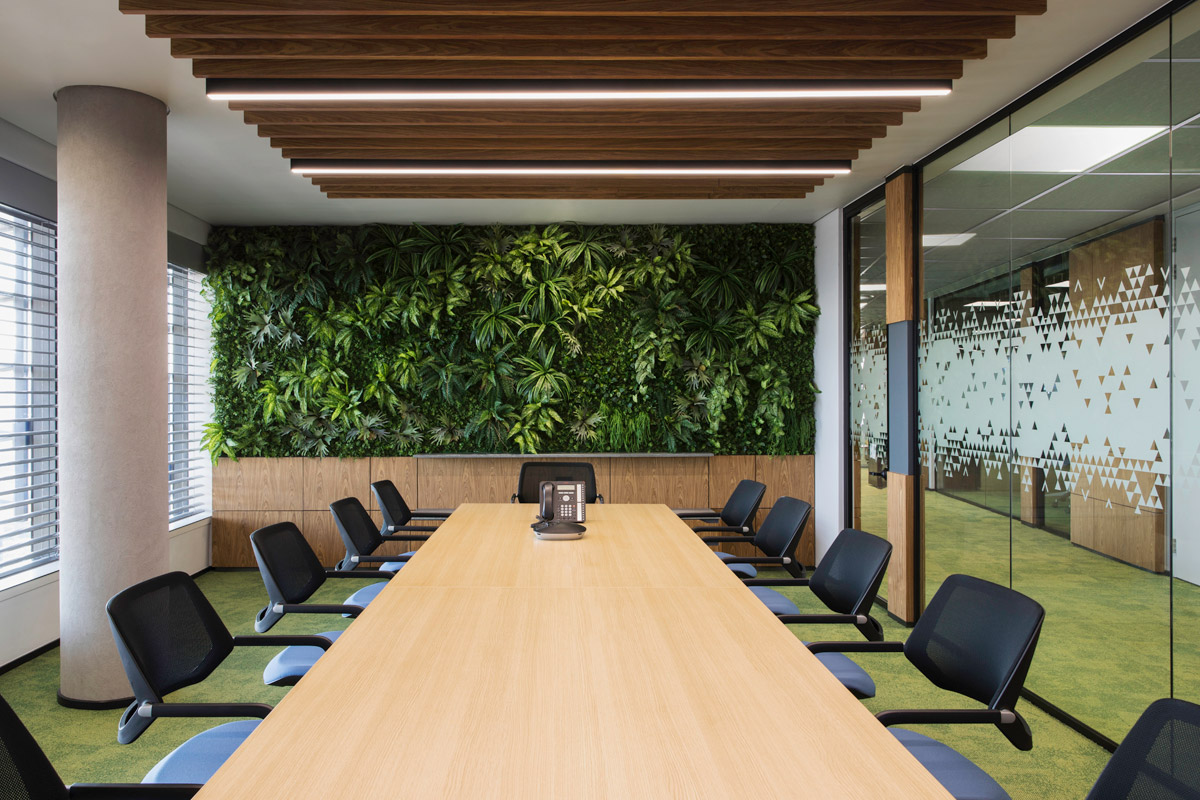
Bring The Outdoors In
Studies show the wellness of employees who work in an environment enhanced with natural features is 15% higher than those who do not. Add natural elements to your office by having a variety of indoor plants or a living wall. Plants clean the air and are known to reduce stress levels, boost creativity and increase productivity. Perhaps you could even include an indoor flower garden. Another way to add natural elements to your office space is by choosing surfaces made from natural materials, such as wood and stone.
Choose The Right Colours
Different colours create different moods. Soft tones, such as a brown and terracotta are known to evoke feelings of warmth and relaxation, which is why they’re often found in bedrooms. Whereas bright colours, such as blues and oranges are known to energise and yellows are great for promoting creativity.
When improving employee wellbeing through interior design, you should carefully select the colours. Colours that stimulate productivity and creativity should be used in the office area and meeting rooms. Softer shades that evoke calming feelings should be used in break rooms and relaxation areas.
Areas Of Relaxation
To improve employee wellness and reduce stress levels, you should provide your employees with somewhere to relax. Unlike other break rooms, these areas of relaxation should be designed with peace and quiet in mind. Your employees should be able to meditate, read or simply relax away from the bustle of the office.
About the Author
Michael Lawrence is CEO at YourWellspace, a health and wellbeing tech start-up who focus on data-driven wellbeing for teams and workplaces.
This article was written by Michael Lawrence, CEO at YourWellspace.
